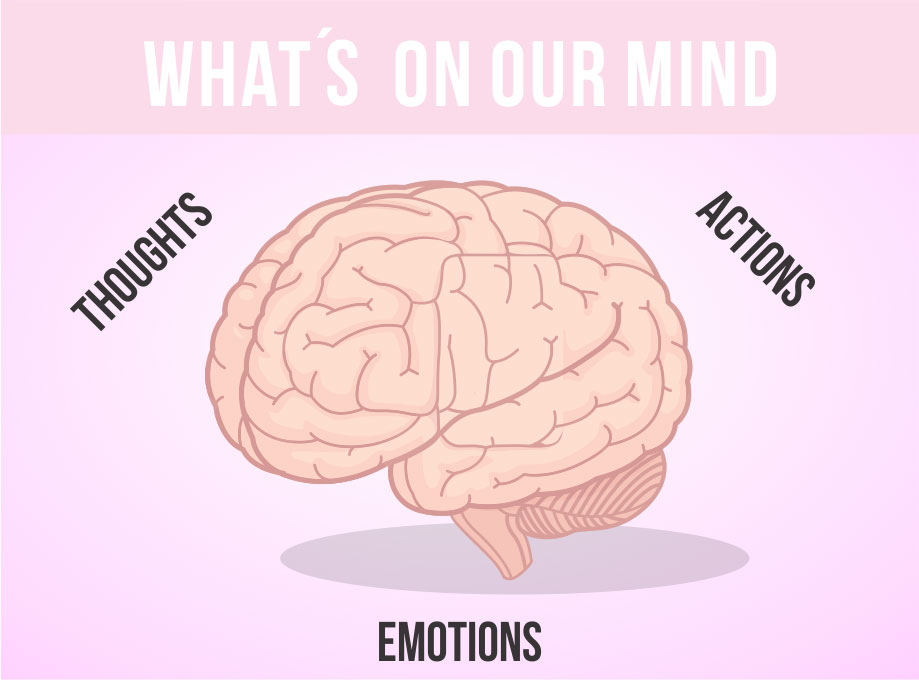True or False…
Your medication prescription is sent to the pharmacy from your provider. You go to the pharmacy to pick it up only to find out that your insurance will not pay for what you were prescribed regardless that you have been on the same medication for close to three plus years. It’s not because they are changing you from one drug to another, it’s because your insurance company will only authorize brand name; only. WHAT?!
Yes! Your insurance company sends you a letter that shares their generosity of providing you with brand name over generic. Oh, at no extra cost. WOW, what a bargain. Is it? Wait a minute…let’s think about this. People have been complaining for years that they couldn’t get brand names and have been extremely frustrated with them being pushed into accepting generic drugs. So, your initial response to your insurance company dictating that you can only get brand name is FANTASTIC! But is it?
Believe it or not, I am one of those people whose life is dictated by my insurance company and its connections to big pharma. After three years of generic medication as I had negative reactions to the brand name (I know, that can’t happen per pharma-land), my 90-day supply of medication was sent to my home under the brand name. I was informed by my required meds through mail company that my insurance now prefers the brand name only and they offer it without an extra cost. If you think it is hard to get your generic changed to a brand name, you don’t have a clue as to how hard it is to get a generic drug when you can’t take a brand name and that’s all your insurance will cover.
So, all this drama alerted me to the fact that there must be something behind this madness. Let’s look at how big pharma has found another way to make even more money than they already do. My medication as a brand name costs anywhere from $360 to $450, depending on “coupon discounts.” The generic brand costs anywhere from $100 to $250, less with “coupon discounts.” What?! Why on earth would my insurance want to pay out more money? BECAUSE…they have contracted with the brand manufacturer. More sales for big pharma resulting in greater revenue.
I was going to say that discussing insurance involvement is for another discussion for the future. However, what I really want to know is who ever approved the right for insurance to dictate a person’s life? Do some research. You will find hundreds of articles telling you how beneficial insurance is and the great thing it offers you. Read the articles. Learn about your own insurance. What you will learn is that they dictate what drugs they will cover that means for you there are no choices, no rights and no allowance for you to be an active participant in your own care.










